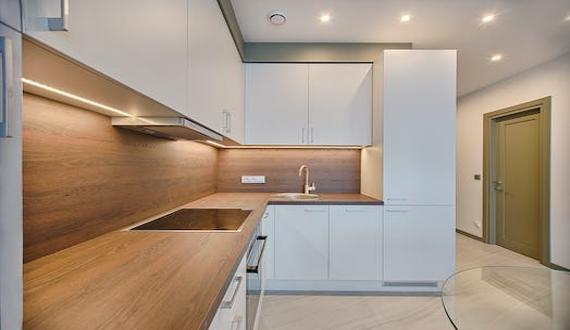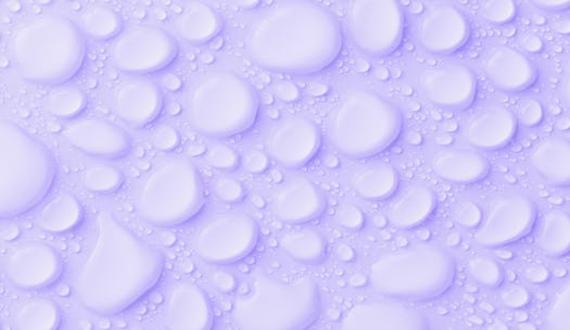Roofing is an essential component of any construction project, serving as the first line of defense against external elements such as rain, snow, wind, and sunlight. A solid roof not only protects the occupants and belongings of a building but also contributes to its overall aesthetic appeal and structural integrity. Whether it’s a residential, commercial, or industrial project, the right roofing solution plays a crucial role in ensuring durability, energy efficiency, and long-term cost savings. From traditional materials like asphalt shingles to innovative options such as metal roofs and green roofing systems, the world of roofing offers a myriad of choices that can cater to diverse needs and architectural styles.
Within the realm of roofing, there are numerous factors to consider when deciding on the most suitable material, design, and installation method. Climate conditions, budget constraints, desired longevity, and maintenance requirements are just some of the aspects to take into account. Additionally, advancements in technology have brought forth new options that provide enhanced resistance against extreme weather events like hurricanes and hailstorms. This article explores different types of roofing materials, popular trends in roof design, key considerations for installation, and the importance of regular maintenance to extend the lifespan of roofs. Whether you are a homeowner looking to replace your roof or a professional in the construction industry seeking insights into roofing solutions, this article aims to provide valuable information on various aspects of roofing.
Different Types of Roofing Materials
When it comes to roofing materials, there is a wide range of options available, each with its own advantages and considerations. Asphalt shingles are one of the most common choices for residential roofs due to their affordability, versatility, and ease of installation. They are durable and come in various colors and styles to suit different architectural designs. Metal roofs, on the other hand, offer superior longevity and can withstand harsh weather conditions. They are available in different materials such as steel, aluminum, and copper, each providing unique benefits in terms of durability and aesthetic appeal. Another popular option is the use of green roofing systems, which involve planting vegetation on the roof’s surface. These eco-friendly solutions provide insulation, reduce stormwater runoff, and improve air quality. For a more detailed discussion about different types of roofing materials, you can consult a reliable Bellevue roofing company.
Maintenance: Extending the Lifespan of Roofs
Regular maintenance is essential for preserving the integrity and extending the lifespan of roofs. Inspecting the roof for any signs of damage or wear is crucial in identifying issues early on and preventing costly repairs or replacements. This includes checking for loose or missing shingles, damaged flashing, or clogged gutters. Cleaning the roof can also help remove debris that may accumulate and cause water pooling or damage. Additionally, performing routine inspections after extreme weather events such as storms or heavy snowfall is essential to assess any potential damage caused by wind, hail, or ice dams. If you are unsure about the best practices for maintaining your roof, it is advisable to seek professional advice from a reputable Bellevue roofing company. Taking proactive measures to maintain your roof can save you time and money in the long run while ensuring the safety and longevity of your investment.
Orca Roofing & Exteriors
16301 NE 8th St Suite 253, Bellevue, WA, 98008
(425) 584-6722
In conclusion, roofing is a crucial aspect of any construction project, providing protection, aesthetic appeal, and structural integrity to buildings. With a wide range of materials and design options available, it is essential to consider factors such as climate conditions, budget constraints, and desired longevity when selecting the right roofing solution. Regular maintenance is also vital to extend the lifespan of roofs and prevent costly repairs. By inspecting for damage, cleaning regularly, and seeking professional advice when needed, homeowners and construction professionals can ensure the durability and safety of their roofs.


